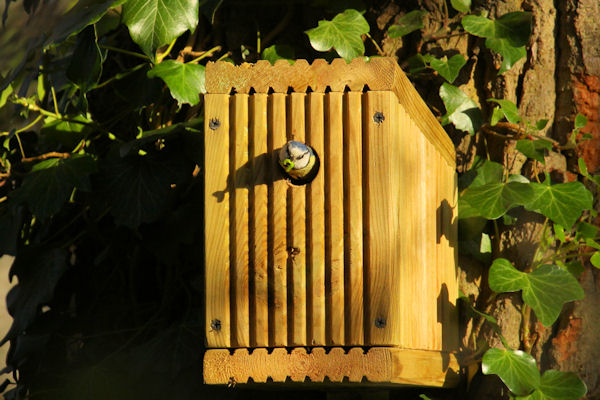January in Bicknor Wood
Even this early in the year there has been some action in the wood. The bluebells have already started to appear and the spotted leaves of lords and ladies have begun to unfurl.
As this is our first full 12-month in the wood it is difficult to say whether these harbingers of spring are early, late, or right on time. Bluebells would normally be at their best towards the second half of April and into the first half of May. To see them peeping through the leaf litter in early January came as a surprise, but I guess that the wood is being observed far more closely by far more people than it has been before. During last year, some plants had a second unexpected burst of flower and with many eyes and ears in the wood, it should be possible to record these oddities and compare them year on year.
I want to use this web log to catalogue those observations, so please use the comments section to note anything that you have noticed during January. Photographs are always welcomed to cheer up a dreary post and if you would like to contribute a whole post, please feel free to contact me. If you return to this post in a few weeks, it may well have changed with the benefit of more input.
The elder trees have been showing a leaf and the hazel catkins have started to swell. The catkins are male flowers and disperse their pollen to fertilise the female flowers which have yet to open.
The grey squirrels (here we go...grey, as in gray. Properly known as the gray squirrel, this is an American species which has colonised the UK and it deserves a nod to the American inability to correctly spell. But since there are likely to be few, if any, Americans reading this blog, let's defy international convention and spell it with an 'e') are chasing each other around in an acrobatic, pre-breeding dance. How many squirrels do you think there are? Has anyone tried counting?
Winter bird visitors have been noted; Redwings and Lesser Redpolls. Goldcrests are residents in the UK, but are often far easier to see during the leafless months. They usually prefer conifers to Bicknor Wood's deciduous trees, so it is always nice to see them.
The resident birds are beginning to make themselves more apparent by singing and grouping together in feeding flocks. The male robins (European Robin, Erithacus rubicula, to give them their full title) have been proclaiming their territorial presence all winter and are impatiently awaiting the return of the females who normally migrate to warmer climes for the winter. Some females stay over and may also be heard singing. Wrens have been heard half-heartedly singing as have the blackbirds. The male Great Spotted Woodpecker has been heard drumming and a likely pair have already been seen consorting in the oaks. The resident pair of Eurasian Nuthatch are staying close to each other and can usually be seen along the stretch of the loop path by The Coppice development.
Nest boxes have now been fixed throughout the wood in the hope that the birds will use them for breeding or roosting in on the coldest of nights. A big thank you goes out to all who have stepped forward to sponsor a box.
So, here are some checklists. Birds were counted throughout the month, but the plants were listed from a walk on Jan 26. All plants were seen without having to leave the path. As the tender shoots start to emerge it becomes more and more important to stay on the path and not trample the wildflowers.
Birds, 25 species;
Canada Goose, Ring-necked Pheasant, Common Woodpigeon, Herring Gull, Great Spotted Woodpecker, Eurasian Jay, Eurasian Magpie, Carrion Crow, Eurasian Blue Tit, Great Tit, Long-tailed Tit, Goldcrest, Eurasian Nuthatch, Eurasian Treecreeper, Eurasian Wren, European Starling, Song Thrush, Redwing, Eurasian Blackbird, European Robin, Dunnock, Common Chaffinch, Eurasian Bullfinch, Lesser Redpoll, European Goldfinch.
Plants and trees which are still dormant or which are evergreen have not been included in this list. Only those that have started to show signs of new growth are counted here;
Plants and trees, 13 species;
Elder, Hazel, Honeysuckle, foxgloves, primrose, lords and ladies, male fern, cleavers, ground ivy, bluebell, wood sage, stinging nettle, wood avens. There are also some patches of periwinkle, rose and daffodil, but these are unlikely to have found their way into the wood naturally.
If you are interested to identify birds and to record your sightings, follow this link to the Bicknor Wood Hotspot page on eBird.org
If you are interested to identify wildflowers look up the Flora Incognita app. Take a photo of the plant you wish to identify and the app will tell you what it might be.
If you have seen anything that I have missed, please let me know in the comments section.
.










Comments
Post a Comment